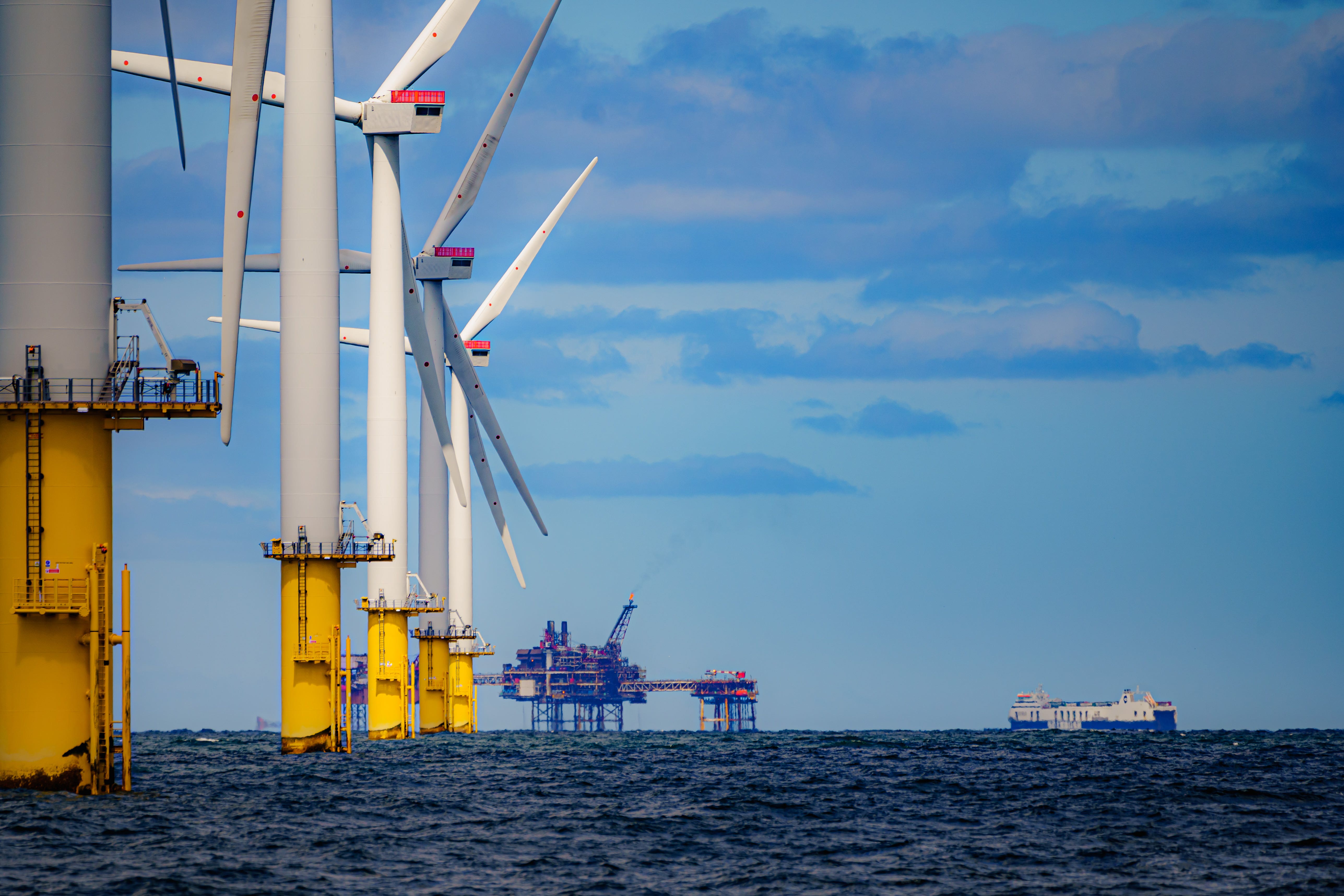World’s biggest floating offshore wind farm gets go-ahead
The project will see up to 35 floating wind turbines supply 560 megawatts of energy.

Your support helps us to tell the story
From reproductive rights to climate change to Big Tech, The Independent is on the ground when the story is developing. Whether it's investigating the financials of Elon Musk's pro-Trump PAC or producing our latest documentary, 'The A Word', which shines a light on the American women fighting for reproductive rights, we know how important it is to parse out the facts from the messaging.
At such a critical moment in US history, we need reporters on the ground. Your donation allows us to keep sending journalists to speak to both sides of the story.
The Independent is trusted by Americans across the entire political spectrum. And unlike many other quality news outlets, we choose not to lock Americans out of our reporting and analysis with paywalls. We believe quality journalism should be available to everyone, paid for by those who can afford it.
Your support makes all the difference.The world’s biggest offshore floating wind farm is set to be built off the coast of Scotland after the project was given the green light.
When operational, Green Volt will boast up to 35 floating turbines and provide 560 megawatts of energy off the coast of Peterhead, Aberdeenshire.
Generation will go to offshore oil and gas platforms, but the farm will also be connected to the UK grid.
The current biggest development, off the coast of Norway, has just 11 turbines and generates around 88 megawatts of energy.
The development – part of the Innovation and Target Oil and Gas leasing round from Crown Estate Scotland – was hailed as “great news” by First Minister Humza Yousaf.
“Scotland is one of the best places in the world to develop offshore wind and its supply chain, and we are determined to maximise the huge economic opportunity offshore wind can bring,” he said.
“We have already underlined our commitment to making Scotland a global leader in offshore wind by committing to invest up to £500 million over five years to catalyse private investment in the infrastructure and manufacturing facilities critical to the growth of the sector.
“Investor confidence in Scotland’s renewable sector is growing as illustrated by significant investments in ScotWind leasing rounds and in the ports and supply chain infrastructure facilities that will enable the sector to develop.
“We have a strong record in delivering robust consents, ensuring the right projects are built in the right place at the right time.”
The announcement comes at a good time for the First Minister after his Government ditched an interim target to reduce carbon emissions by 75% by 2030, with Net Zero Secretary Mairi McAllan saying the goal was now “out of reach”.
Green Volt is of international significance, placing Scotland at the leading edge of a new floating wind sector
Former deputy first minister and Scottish Lib Dem leader Nicol Stephen – now chief executive officer of Flotation Energy, which owns 50% of the project – said the approval placed his firm and their partner Vargronn “at the heart of the energy transition”.
“Green Volt is of international significance, placing Scotland at the leading edge of a new floating wind sector,” he said.
“This multi-billion pound development can now move forward confidently, creating hundreds of local jobs and proving that the UK and Scottish supply chain is ready to deliver commercial scale floating projects, at pace.”
Olav Hetland, chief executive officer of Vargronn, said the project – the first of commercial scale in Europe – being given approval was an “important moment for the whole offshore wind industry” and it would serve as a “stepping stone” from the current smaller developments to much larger ones.
Aberdeen-based businessman Sir Ian Wood, who chairs the North Sea net zero transition firm ETZ, claimed the project “sends a huge signal” to investors that Scotland is a “pioneer” in offshore wind technologies.
Sir Ian added: “I pay tribute to the Scottish Government and its agencies for taking this welcome decision which follows the opening of the world’s first floating wind innovation centre in Aberdeen by the First Minister last month.
“With one of the largest concentrations of subsea engineering capabilities anywhere in the world and the largest cluster of energy supply chain companies anywhere in the UK, there truly is no better location than the north-east of Scotland to invest in low carbon technologies.”
Michael Tholen, the policy and sustainability director at Offshore Energies UK, said the announcement was an “important boost” to the UK’s ambitions to be a leader in the sector.
“This new floating wind farm will enable the electrification of major oil and gas installations, helping the UK meet its 2030 emissions reduction targets and build on existing supply chain capabilities to create new offshore energy hubs,” he added.
“This is a great example of the benefits of the North Sea Transition Deal creating new, innovative technologies to reduce emissions, create new jobs and drive economic value.
“We must unlock further such innovation by attracting private investment across our highly integrated industry to safeguard our energy security as we transform our grid so it’s fit for the future.”